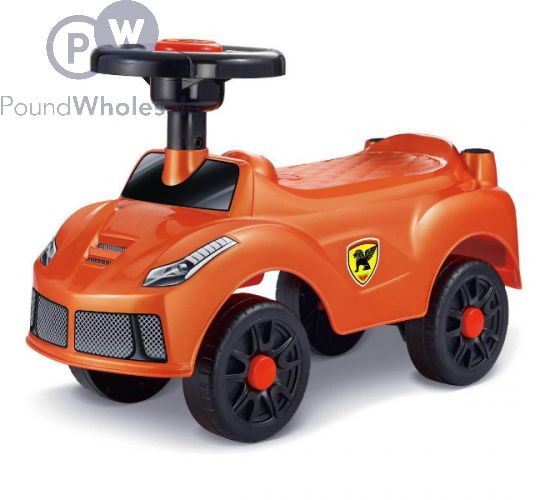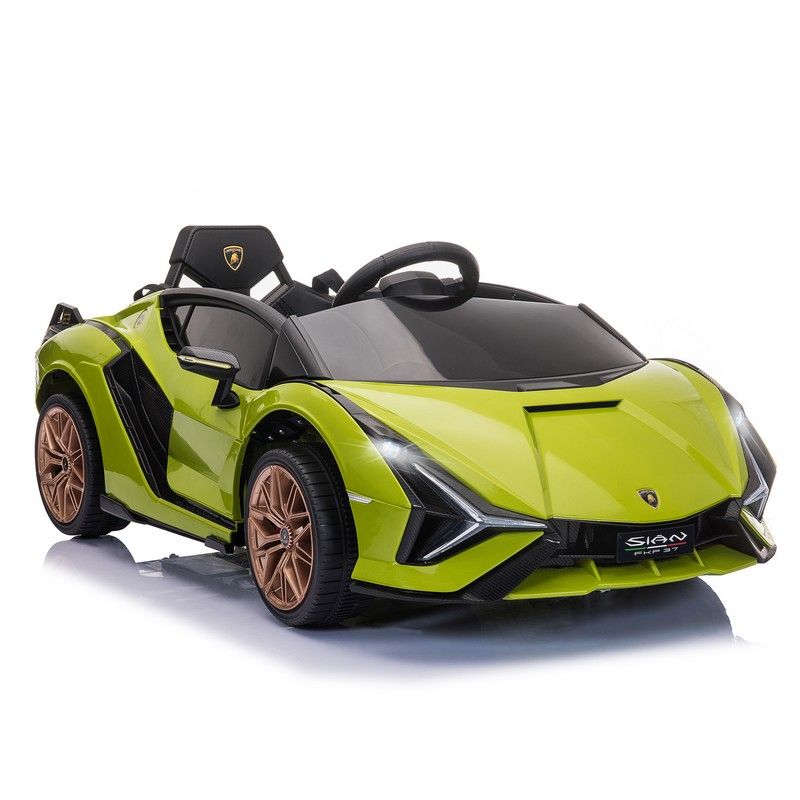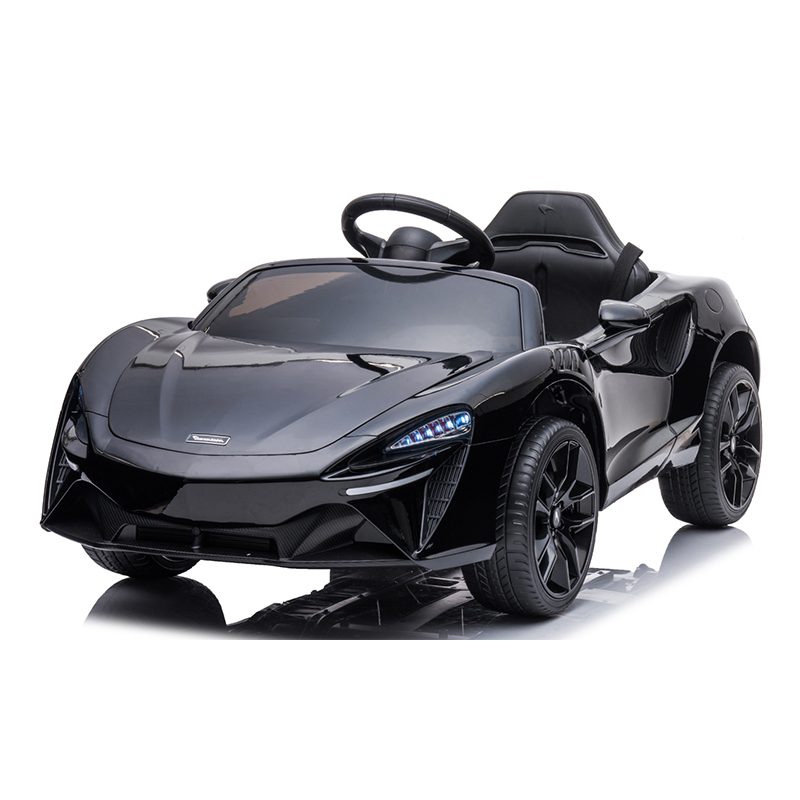Top Suggestions For Choosing Kids Cars
Top Suggestions For Choosing Kids Cars
Blog Article
What Are The Best Ride-On Vehicles To Purchase For Older Kids And Younger Toddlers?
If you're thinking about ride-on cars for kids, it's important to consider their age, size, and development stage to ensure that the car is safe, appropriate and enjoyable for them. Take into consideration these aspects:
Younger Toddlers (1-3 years old) - For younger toddlers, look for ride-on cars that are designed specifically for their age. These vehicles have simple controls, a low design that is stable and has buttons or a steering wheel. Ride-on vehicles with an extended base provide stability and lower the possibility of them falling over.
Older children (3+years old) When children become older, they're more able handle advanced rides on cars that are equipped with many more features and controls. You should consider buying vehicles with adjustable seating, larger capacity for weight, or with interactive features such as music, sound effects, or working lights. Look for ride-on cars that have the ability to adjust speed or parental controls to accommodate different abilities and to ensure safety.
Size
When choosing a ride-on vehicle, consider your child's weight and height. Choose a vehicle that has the weight and capacity that is suitable for your child. Avoid vehicles that are either too large or too small, since they could create a risk of discomfort or even danger for your child.
Comfort and Legroom - Ensure your child has plenty of space to comfortably sit inside the vehicle. The dimensions of the seating space should be suitable for the size and height of your child.
Developmental stage -
Motor Skills: Consider your child's capabilities in terms of motor skills, coordination, and balance when you choose the best car for them. For toddlers, simpler controls could be necessary to maneuver. But, older kids can use interactive features and more complex controls.
Ride-on Cars Help Build Confidence and independence - As kids learn to drive and navigate, ride-on cars foster confidence and help them develop their independence. Choose a ride-on car that lets your child practice steering, accelerating and braking without assistance, gaining confidence with time.
Engagement and Interest Be aware of your child's preferences and interests when choosing a ride-on car. Pick a car that has characteristics, themes, or colors that appeal for your child. This could be a classic sports car or truck.
When you consider the age, size and developmental stage Consider an ride-on vehicle that's safe, comfortable, and engaging and will provide hours of enjoyment and learning for your child while they explore and play. Read the top rated remote control childrens cars for more examples including ride electric car, car toy car toy, electric ride along car, toy cars, car on ride, car electric ride on, ride on toy, ride on toy, car electric ride on, 2 seater electric cars and more. . 
What Are The Best Cars For Indoor And Outdoor Use For Kids?
In the indoors or outdoors, kids' cars are designed to work in various conditions and settings. They are constructed differently for indoor use. Use Cars
Size and Weight- Cars designed for indoor usage will be smaller in dimensions and weigh less which makes them more able to maneuver within tight spaces. This includes playrooms and living spaces. They're small enough to fit into tight corners, narrow passages and avoid damaging walls or furniture.
Low Ground clearance: Indoor vehicles have the lowest ground clearance to ensure that they do not get stuck on rugs, carpets or thresholds. This guarantees smooth and uninterrupted movement across indoor surfaces without risk of getting stuck or tipped over.
Smooth Wheels. The wheels utilized in indoor use cars can be made out of materials like rubber or plastic to give them grip. The wheels are designed to cut down on noise and keep from scratching or scuffing surfaces.
Temporary Speed - Indoor vehicles are typically restricted to a lower speed in order to maintain safety and control. This helps prevent accidents or collisions with walls, furniture or any other obstacles that are commonly found in indoor spaces.
Outdoor Use Cars -
Durable Construction - Cars that are designed for outdoor usage are constructed with robust materials. They can be constructed from tough plastic or metal to stand up to outdoor elements such as temperatures, sunlight, moisture fluctuations as well as rough handling. They are less prone to suffer from tear and wear caused by exposure to outdoor conditions.
For use outdoors, vehicles with higher ground clearance can overcome obstacles and bumps in the outside. This enables them to navigate rough surfaces such as gravel, grass or dirt without getting trapped or damaged.
Traction Tires -- The tires that are used on outdoor cars often include treads or patterns that are designed to improve the grip and traction of vehicles on roads that are slippery or uneven. This gives you stability and control while driving outside, preventing sliding or sliding.
Weather Resistance. Outdoor cars are often equipped with weather-proof components such as sealed electronics, waterproof casings and rust-proof materials. This is in order to shield them from environmental damage. They can withstand exposure to rain, mud or puddles with no loss of the performance.
Higher Speed - Outdoor use cars typically feature higher speeds in order to make room for open spaces as well as longer distances typically encountered in the outdoors. This could provide an thrilling and exciting riding experience to children exploring outdoors.
Parents can pick a car for their kids that is suitable to their needs, indoors or out, by considering the design and features. This will ensure an enjoyable, safe and long-lasting experience for children. Follow the best discover more on Mercedes ride on car for blog examples including kids electric cars, electric ride on cars, childs ride on car, childs ride on car, kidscars, two seater electric cars, electric ride on cars, childrens electric cars, electric toy car, electric ride on and more. . 
What Are The Various Types Of Remote Controlled Cars For Children? What Are The Advantages And Disadvantages Of These Cars?
Remote control cars for children are also known as RC or remote-controlled vehicles, are available in a variety of designs, sizes and prices. They're made to meet the needs of different tastes and budgets. Below is a list of different types of remote control kids' cars, including their dimensions, prices as well as pros and cons.
Electric RC Cars – Battery-powered remote-controlled cars that are suitable for use indoors or outdoors. There are many different styles of RC cars like buggies, trucks and sportscars.
Nitro RC Cars – Gas powered remote controlled cars that offer greater performance but need more maintenance. They're larger and generally cost more than electric RC Cars.
Scale Models: Remotely controlled replicas of real-life vehicles, such as cars planes, trucks and boats. Scale models are available in a variety of scales, ranging from -10 to 1 -24, with larger scales offering more details and authenticity.
Sizes -
Remote controlled cars for children are available in various sizes. From miniature to full-scale replicas, they are available in all dimensions and shapes. The size of the car will affect its speed, performance and handling capabilities.
Micro-sized cars are small and light, and therefore suitable for indoor use and play by children who are younger. Cars with bigger sizes have more power, durability and are therefore ideal for off-road and outdoor racing.
Prices -
The costs of remote controlled cars for children vary based on factors such as the size, features, brand and the build quality.
Electric and Nitro RC vehicles at a higher scale cost between $100 and $500.
Model cars of scale and high-end hobby RCs can cost anywhere from a few hundred and over a 1,000 dollars, depending on how detailed and powerful they are.
The Pros and Cons of -
Pros -
Entertainment - Children's remote controlled automobiles can bring hours of fun and entertainment for both adults and children.
Skills Development. Operating a RC car helps children develop hand-eye coordination as well as spatial awareness and problem-solving abilities.
Social Interaction. You can take pleasure in RC vehicles with your family and friends and encourages social interaction.
Customization - Many RC vehicles are able to be upgraded using accessories and upgrades, which can improve their performance and appearance.
Cons
Costs - Remote controlled cars for kids, particularly those with high-end features and models for hobbyists can be quite expensive.
Learning Curve - Operating an RC Car requires training and experience as well as younger children could struggle initially.
Maintenance is a must for RC car owners. They must regularly clean or lubricate their vehicles, as well as make repairs or replace the parts.
Safety issues Safety Concerns RC vehicles could be hazardous in the event that they aren't operated responsibly under adult supervision. They could create accidents, fall hazards and electrical hazards.
The most effective remote control for kids cars provide a stimulating and educational experience for children of all different ages. When selecting the ideal car for your child but you should consider several factors, including size, price features and safety. Hobby-grade RC cars are suitable for older kids and avid users, whereas simpler models are best for young children and beginners. Check out the top ride on toys kidscars.co.uk tips for site recommendations including digger ride, electric rideons, car toy toy, ride electric car, car electric ride on, two seater childrens electric cars, toy the car, toy car, electric rideons, toy a car and more. .